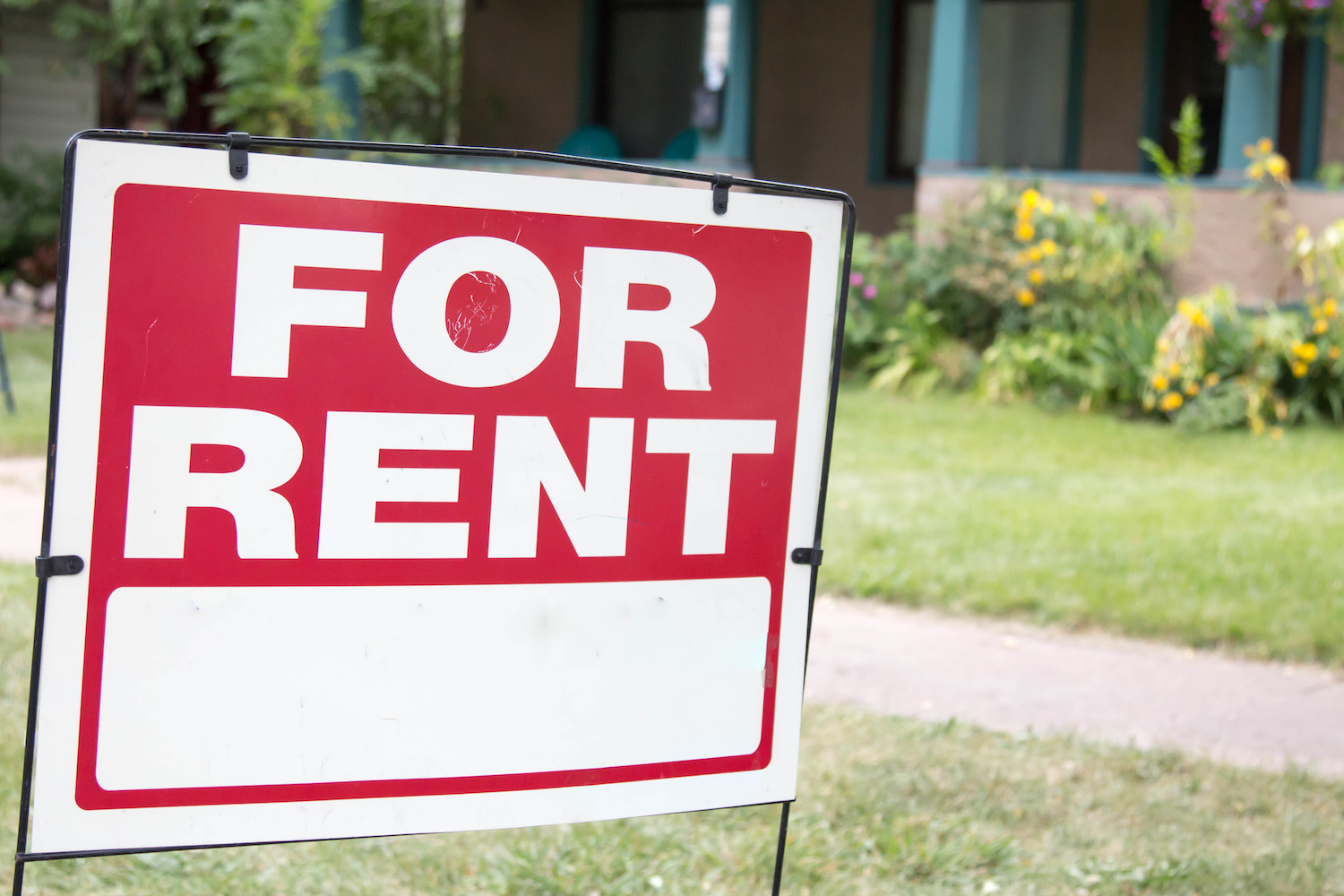Millions of Americans can’t afford their rent.
Nearly half of all renter households—almost 21 million—were considered cost-burdened in 2016, according to a new report from Harvard’s Joint Center for Housing Studies. That means they pay more than 30 percent of their income to cover their housing, which includes utilities.
Some renters are in an even tighter jam: 25 percent of renter households pay more than half of their income for housing.
The good news is that the number off cost-burdened renters is dropping. In 2014, 21.3 million renters were shelling out more than 30 percent for housing.
What Spending Too Much On Housing Can Mean For Your Pay Check
Losing such a big chunk of your paycheck to housing can have a long-term impact on savings and force tough spending decisions. It can also worsen inequality among renters, the report found.
“It can mean trade offs for other areas of your budget, like food, health care expenditures or transportation,” noted Jonathan Spader, a senior research associate at JCHS. The amount of money the lowest-income renters had left to spend after paying their housing dropped 18 percent from 2001 to 2016.
The improving economy and rising wages have helped ease the cash crunch for some renters. But the influx of more high-income renters has also played role in the reduction.
Affluent renters have driven almost 30 percent of renter growth in the past decade. In 2016, more than 18 percent of renter households earned at least $100,000—up from 12 percent in 2006.
This shift, along with high building and land costs, has caused developers to focus on bringing more high-end units to market, which pushed up the median asking price for new apartments 27 percent between 2011 and 2016.
High Vs. Low Income
That’s left lower-income renters in a bind since the supply of affordable rentals for low- and moderate-income households has not kept up with demand.
“We’ve seen fewer and fewer rental units available at lower price points,” explained Spader. “There are two primary challenges, one is to expand the availability of rental assistance and the other is to find ways to increase the construction of new rental units that are made available at lower price points.”
The lower your income, the more likely you are to feel squeezed by your rent.
Middle and low-income renters are the most likely to pay a disproportionate share of their income to cover rent, according to the study. Over the past 15 years, more than half of the growth in cost-burdened renters has been among those earnings less than $30,000.
“As you move up the income spectrum the level of cost burden decreases,” said Spader. “But the other trend that comes out is that the cost burden is the most severe at the lowest income levels.”
The number of renters earning between $30,000 and $45,000 paying at least 30 percent of their income jumped to 50 percent last year, up from 37 percent in 2001. It jumped to 23 percent from 12 percent for those earning $45,000-$75,000
Among those earning less than $15,000, 83 percent are considered cost burdened.
Location, Location, Location
Where you live can also play a role in how much of your paycheck is dedicated to housing. More than half of renters in California, Colorado, Florida, Hawaii and New York are housing cost burdened. Cities that have seen their population count pop have also seen rent prices soar. For instance, the median rent in Denver has increased at twice the national pace.
The states with the fewest share of cost-burdened renters include Montana, North and South Dakota and Wyoming, the report found.
Written by Kathryn Vasel for CNN.
The-CNN-Wire
™ & © 2017 Cable News Network, Inc., a Time Warner Company. All rights reserved.








